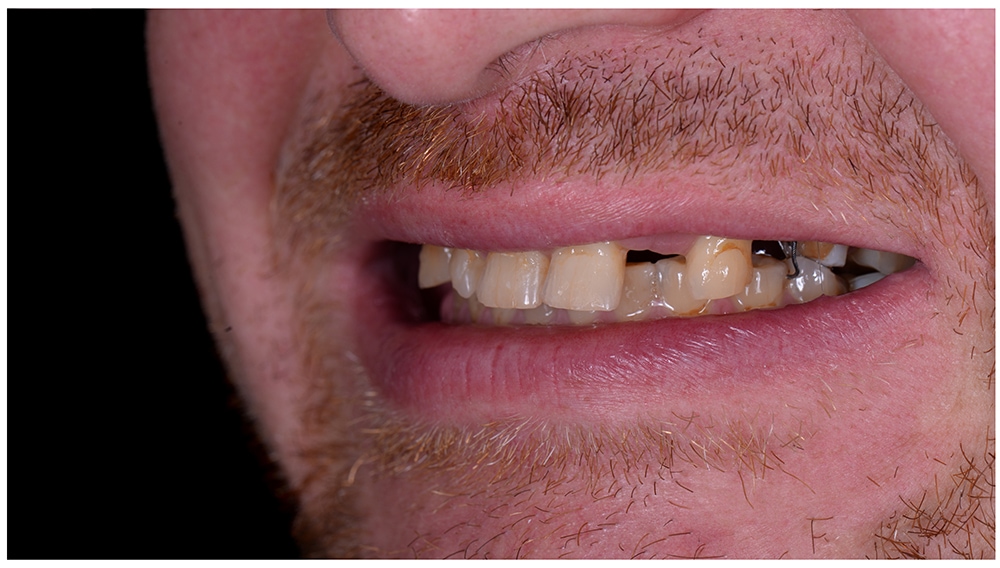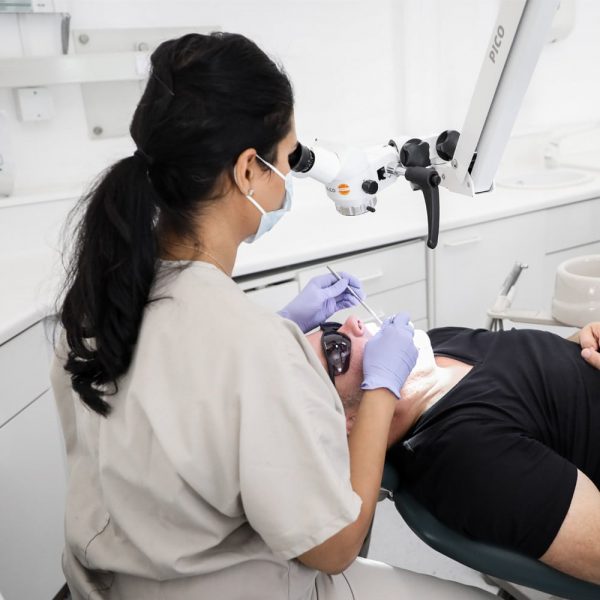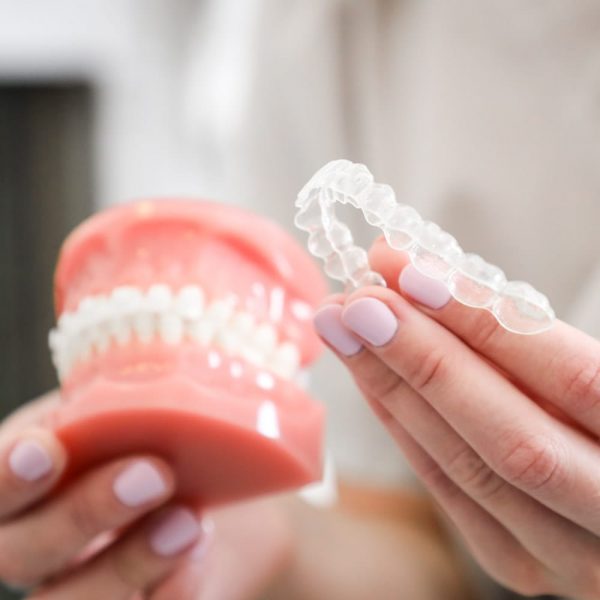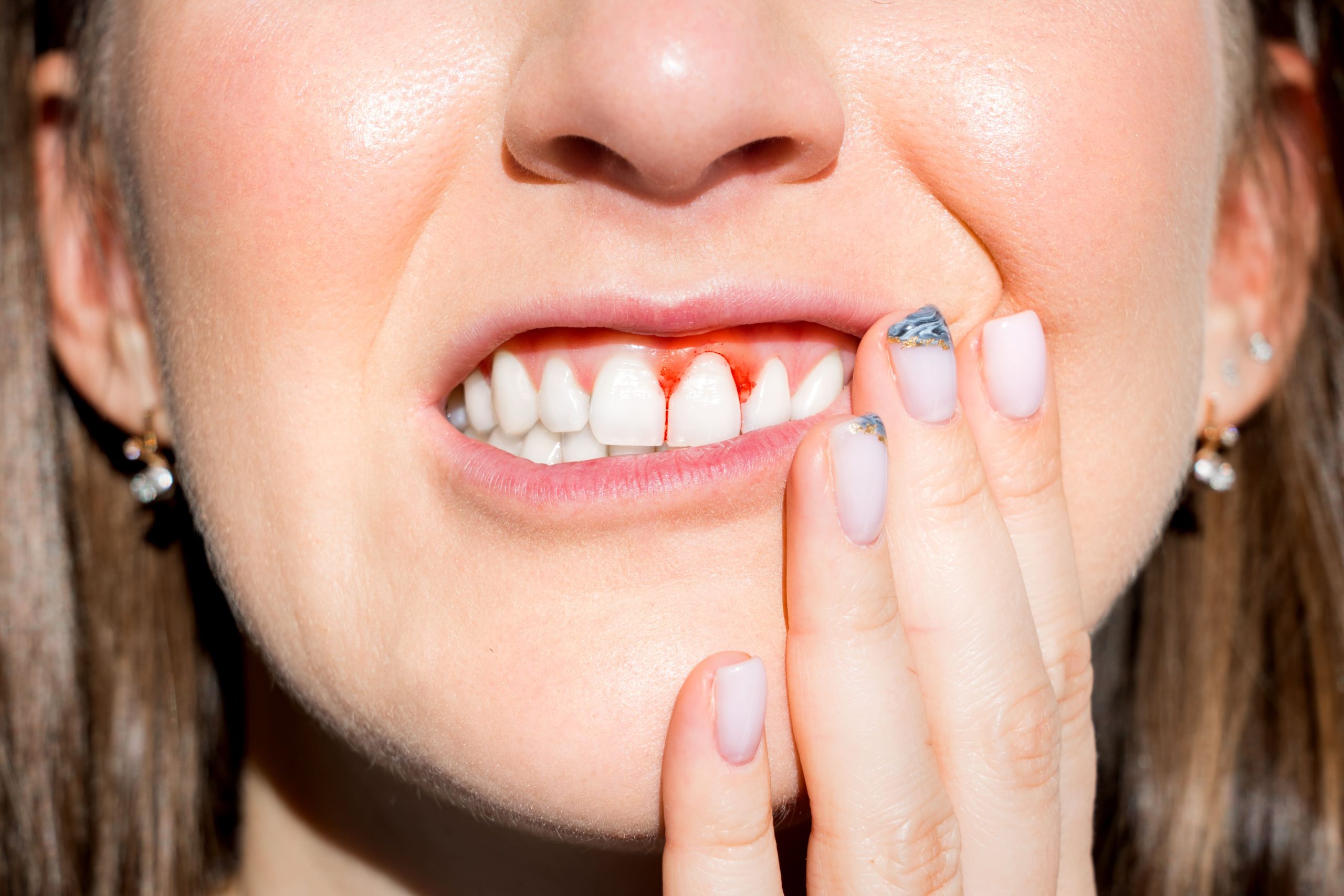The classification of dental implants is usually based on the material the implant is made from and/or its use in implant dentistry. The selection of materials used in dental implants plays a crucial role in the success and longevity of these prosthetics. Variations in material properties such as biocompatibility, strength, and durability can significantly influence the overall patient experience and outcome.
This discussion aims to explore the characteristics of various dental implant materials, their advantages and drawbacks, and the latest advancements in this critical area of dental medicine.
Key Takeaways About Different Types of Dental Implants
- Endosseous implants are placed directly into the jawbone and provide a stable and long-lasting foundation, suitable for individuals with sufficient jawbone strength.
- Subperiosteal implants are placed on or above the jawbone and are recommended for individuals with insufficient jawbone support, may require bone augmentation.
- Zygomatic implants anchor in the cheekbone and are suitable for severe bone loss cases, eliminating the need for bone graft and sinus lifts.
- Single tooth implants are a natural-looking replacement for one or two teeth, while multiple tooth implants are used for replacing three or more teeth and offer options for implant-supported bridges and dentures.
Endosseous Implants
Endosseous implants are the most popular and highly effective type of implant used today. They are placed directly into the jawbone, providing a stable and long-lasting foundation for the restoration of the missing tooth/teeth.
An endosseous implant is suitable for individuals with sufficient jawbone volume to support the implant. However, if you have insufficient bone volume in your jaw, bone grafting may be necessary to enhance the bone structure and ensure successful implant placement.
The bone grafting procedure involves taking a small piece of bone from another part of your body or using synthetic materials to build up the jawbone. Once the jawbone has healed and is strong enough, the endosseous implant can be securely placed.
Endosseous implants offer a reliable solution for replacing one or multiple missing teeth, giving you the confidence to smile and enjoy your favourite foods.
Root Analog Dental Implant
Root-analog dental implants are totally custom-made (unlike endosseous dental implants which are essentially titanium screws) i.e. they are made to match the root socket of the removed tooth. Because the dental implant here is custom-made, there is no surgery per se and the healing time is the same as conventional dental implants. However, these implants have not been studied over 10-20 year periods and patients and implant surgeons are understandably weary about there use in-vivo.
Subperiosteal Implants
Subperiosteal implants offer another option for individuals who may have insufficient jawbone support. Unlike endosseous implants, which are placed directly into the jawbone, subperiosteal implants are placed on or above the jawbone and under the gum. This type of dental implant is recommended for those who don't have enough bone to support traditional implants.
Subperiosteal implants are a viable solution for individuals who are unable or unwilling to wear dentures. They provide a permanent replacement for missing teeth and can greatly improve the function and aesthetics of the mouth.
Zygomatic Implants
Zygomatic implants offer an opportunity for fixed teeth in the upper jaw when most of the normal bone volume is lost. This is because they are placed in the cheekbone and providing four stabilising points for a fixed teeth. They are a viable option if there is insufficient bone to hold a normal dental implant and bone grafting is impossible.
Unlike regular implants, zygomatic implants are longer and placed diagonally into the cheekbone, utilising the extra bone. This eliminates the need for a bone graft and sinus lifts, which are often required in cases of significant bone loss.
Zygomatic implants allow for immediate teeth replacement, as a bridge can be placed onto the implants immediately after surgery. If you're experiencing severe bone loss that makes regular implants unsafe, zygomatic implants may be the solution for you.
Single tooth vs Multiple Tooth Implants
Single tooth implants, as the name suggests, are used when a single tooth is missing. They are a great choice for individuals who want a natural-looking and feeling replacement. These implants mimic the root of the tooth and provide a secure fit by bonding with the jawbone.
However, if you have multiple missing teeth, multiple tooth implants may be a better option. Implant-supported bridges can replace three or more teeth using just two implants. All-on-4 dental implants can be used to support and fix all the teeth in one jaw. Implant-supported dentures also provide a secure fit and improved function for those who have lost a full set of teeth.
Ultimately, the choice between single tooth and multiple tooth implants depends on the extent of your tooth loss and your desired outcome.
Screw-retained vs Cement-Retained Implant Teeth.
Single or multiple teeth are permanently fixed to dental implants by either screws or glues (cement). It is important to consider the benefits and drawbacks of each option. Here are three key points to help you make an informed decision:
- Screw-retained design: This dental implant tooth option allows for easy removal and repair of the restoration. With the Angulated Screw Channel (ASC), screw-retained restorations can be placed with up to 25° angulation. Improved aesthetic materials and approaches can address the visibility of the access channel. However, patient acceptance of the screw access channel appearance isn't supported in the literature.
- Cement-retained design: this dental implant tooth option provides maximum aesthetics, making it a popular choice. However, concerns include abutment screw loosening and potential implant failure due to residual cement. Meticulous insertion processes and the use of radio-opaque luting agents are recommended to minimise the risks. However, cement-retention may be the only option available in some patients.
What are dental implants made of?
Titanium has been the gold standard for dental implant material due to its high biocompatibility and ability to osseointegrate with bone tissue, although zirconia has emerged as a viable alternative in recent years.
The titanium alloy used in dental implants not only ensures durability but also creates a sense of belonging in patients by seamlessly integrating with the body, thus reducing chances of rejection. The mid-20th century discovery of titanium's osseointegrative properties catapulted its use in various medical applications, including dental implants.
However, the recent rise of zirconia implants offers a metal-free option for those unable to tolerate titanium or seeking alternatives. Despite its less common usage, zirconia demonstrates promise in the evolving landscape of dental implant materials.
What are fixed dental implant crowns made of?
While the implant itself is commonly constructed from titanium or zirconia, the visible portion of dental implants—such as crowns and implant-supported bridges—are typically crafted from ceramic materials like zirconia, presenting a harmonious blend of strength and aesthetic appeal. Zirconia and lithium disilicate, a type of ceramic, are often used due to their hardness, translucence, and similarity to natural teeth.
Here is a concise comparison table:
| Material | Strength | Aesthetic Appeal |
| Zirconia | High | High |
| Lithium Disilicate | High | Very High |
Both materials are durable and integrate well with remaining healthy teeth, which makes them ideal for dental implant restorations. The choice between porcelain and lithium disilicate depends on the specific needs and budget of the patient.
Implant Removable Dentures
Implant dentures are a type of dental implant procedure that replaces multiple missing teeth. The teeth can be removed and replaced by the patients whereas the teeth above cannot be removed by the patient. They use a minimum of two dental implants for support and can replace teeth on both the top and bottom of the mouth.
Implant dentures restore natural functions and improve chewing and speech efficiency. Implant dentures reduce the amount of pressure on the gum becomes some of the pressure is directed to the bone. This fact improves patient comfort and is effective in reduce the risk of tooth movement.
With implant dentures, food is less likely to get trapped under the denture, reducing irritation. By providing a sound and solid foundation, implant dentures offer a lifelike and effective solution for missing teeth.
Mini Dental Implants for Removable Dentures.
- Mini endosseous implants offer a smaller and more convenient alternative to conventional implants.
- They are suitable for patients who have less bone density or limited space in their mouths.
- Mini implants can be used as a temporary set of teeth while waiting for conventional implants to heal.
Mini endosseous implants have the same structure as regular implants, but they are smaller in size. They consist of a one-piece screw with a diameter of less than 3mm and include a ball-shaped end that protrudes from the jawbone. These implants are placed through less-invasive techniques and do not require sutures.
They can be used in cases where conventional implants can't be placed due to limited bone volume OR when the patient is very interested in reducing costs. Additionally, mini implants can help stimulate bone additives and growth, promoting better oral health in the long run.

















